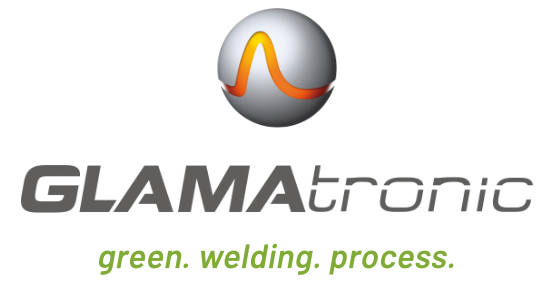CD welding process

The CD welding technology is the welding processes that requires the least amount of energy compared to other welding processes.
Economical advantages
Connection Values / power supply
The electrical connection value is very low compared to conventional resistance welding systems and there are no special requirements for the power supply. Due to the storage of the electrical energy in capacitors, there are no deviations in the welding quality for the process in the event of connection-related current fluctuations.

Example:
KE welding system with 25 kJ: power/connection 3 x 400 V/32 A protection for up to 250 kA welding current compared to resistance spot welding with 60 kA: power/connection 3 x 400 V/125 A protection for up to 80 kA welding current.
power consumption
The running operating costs are extremely low, since only little electrical energy is used.
Example: The welding of a ring hump with a diameter of 40 mm requires approx. 4 Wh energy consumption. Other processes such as conventional resistance welding or laser beam welding require considerably more energy.
Electrodes
The lifetime of the electrodes is comparatively long. Generally electrodes do not need to be cooled due to the low heat input. Electrodes are designed as wear parts that are easy to be changed. Multiple reworking of the electrodes wear surface is possible.
Cycle time
Low cycle times are possible. With standard welding machines, cycles of <3 seconds are achieved. With special systems, a machine-dependent cycle time of <1 second can be achieved.
Quality Monitoring
Due to the repeatability of the welding parameters energy and force, the short welding time and the low heat input, a stable welding process is realized in mass production. The data are continuously recorded and their tolerances are monitored within narrow limits.
Lower energy costs
Resistance welding technology is one of the welding processes that requires the least amount of energy compared to other welding processes.
In the case of projection welding with a small diameter – especially when welding functional elements (nuts, washers, bolts), CD welding and MFDC welding compete:
• CD welding with short welding times of approx. 15 ms and high welding currents of 120 kA
• MFDC welding with longer welding times of up to 1000 ms and lower currents of up to 60 kA
In a series of tests carried out at GLAMAtronic, nuts were welded onto a disc and the energy consumption of the two processes was compared. The criterion in each case was an identical mechanical strength.

For MFDC welding, 28.1 kWs must be applied per weld, whereas for CD welding (standard characteristic) with 10.4 kWs not even half of the value is necessary. Based on serial production with 4 welds per minute, 8 hours per shift and 2 shifts (3,840 welds), this results in 30.0 kWh for MF welding and 11.1 kWh for KE welding.
The result can be summarized that the energy consumption for projection welding with a CD welding machine is about 2/3 lower than with an MFDC welding machine!







